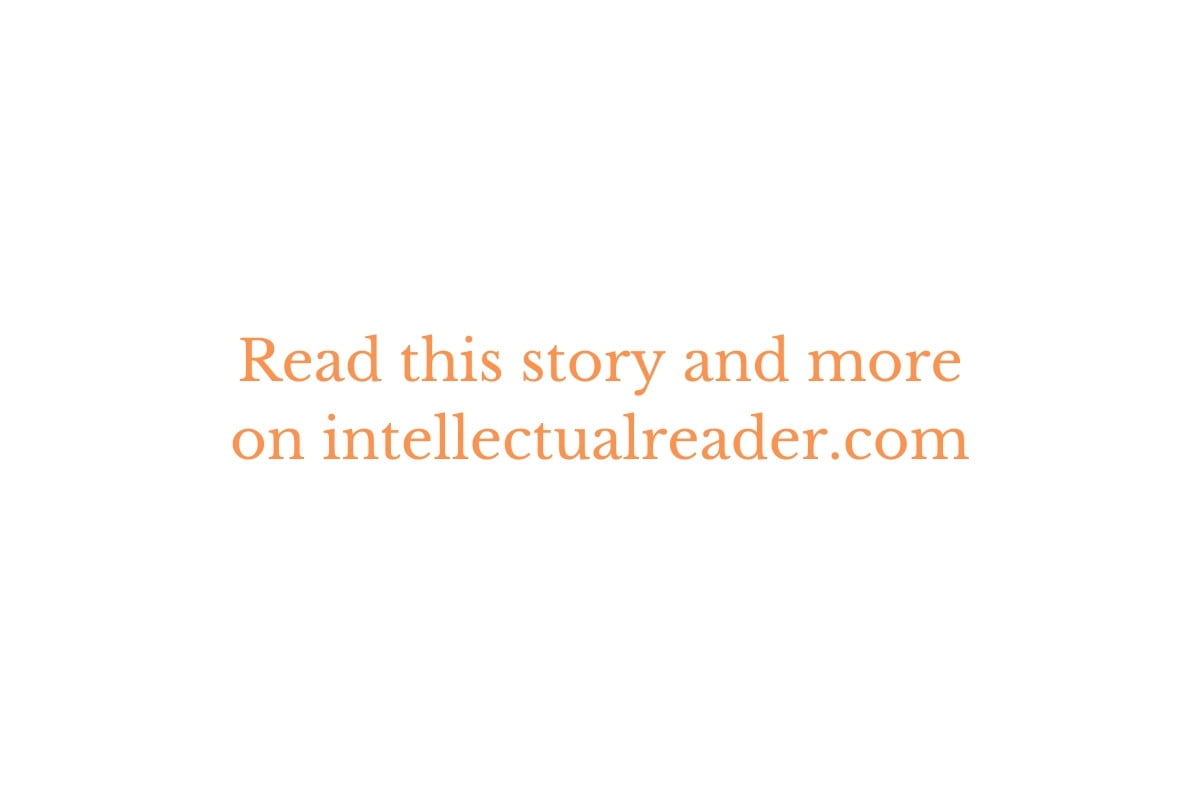The Waste Land has made for itself a special room in the world of literature. Across languages, beyond the physical and geographical boundaries, and in schools and educational institutions around the world, T. S. Eliot has a special place because of The Waste Land – the most widely studied English poem of the 20th century and also the 21st century (so far). The Waste Land is famous because Eliot employed hundreds of big-small images (allusions) in this long, fragmented and distorted poem to create an absurd but striking effect on the minds of the readers. Today, we will bring some of the most important and most sought images in The Waste Land to help those who have to study this poem in their syllabuses. Moreover, anyone who wants to enjoy this poem regardless will find these notes helpful.
Backgr0und:
In a sense, The Waste Land can be seen as a melancholy wail on the disillusionment and fragmentation of modern society (around the first world war). Eliot bemoans the loss of cultural and religious values and increasingly rising chaos inside the hearts of people at large. DO remember, Eliot’s poem was an elongated poetic outburst of painful emotions in the second decade of the 20th century. However, even today, the poem matches many details (of our society). The poet uses a variety of references, including classical mythology, ancient Hindu and Buddhist literature, the Bible, and popular songs. He tries to create a fragmented and alienated narrative that reflects the fragmented state of modern civilization (in his time).
Structure of the poem:
One can conclude that the poem’s structure is complex, and it includes multiple voices and characters. Eliot moves from one to another narrative randomly. However, there is an order in all the chaos we read on pages. The poet uses tools such as repetition, fragmentation, and parallelism to hint at many things. There are five parts to the poem – The Burial of the Dead, A Game of Chess, The Fire Sermon, Death by Water, and What the Thunder Said. In total, the poem consists of 434 lines.
Hints and Suggestions:
The poem is known for its elusive, multi-layered meaning, and for its innovative use of language and form. Hidden between the lines, there are many secrets that Eliot wanted readers to understand. He presents the loss of culture in society with a sad tone. However, at the same time, Eliot suggests that human experience cannot entirely be new and that it repeats, like history, time and again. Eliot also hints at the incessant speed of life, time, and the cosmos.
A list of the most important allusions:
T. S. Eliot brings to the readers’ attention many images from the depth of mythologies, history and cultural abyss. Some allusions are also made to the popular culture of the time, the early 20th century. To list a few of the most important images used in the long poem, here are those:
- The Fisher King: Taken from the Arthurian legend, he was an impotent and unhealthy king who symbolizes the decadence and decay of modern society.
- The River Thames: Eliot may have used the Thames as a metaphor representing the cycle of human life, Karma and time.
- The drowned Phoenician sailor: This image, according to many scholars and literary critics, may symbolise the indifference with which nature and the cosmos, the creation, treats its people – objectively and, at times, cruelly too.
- The hyacinth girl: Featuring in the first book of The Waste Land, The Burial of the Dead, Eliot uses the image of the Hyacinth Girl to refer to a mythical figure from Greek mythology. She represents beauty, youth, and eventual death.
- The tarot cards: Again featuring in the first book, The Burial of the Dead, the tarot cards pack may have been used to suggest that human life is random and cannot be fixated in any way. Was Eliot a fatalist? We seldom know!
- The waste land: Featuring also in the very title of the long poem, the waste land may certainly be referred to as the callous and unproductive, unsympathetic and cultureless modern society.
There are many other images used in the poem and Eliot even supplied notes to understand the same. However, scholars and literary critics have suggested their own interpretations of these images and continued doing so. The poem has drawn wide appreciation and applause.
Written by Amit for Intellectual Reader


Very interesting observations… I liked the idea of such an article. And T S Eliot is an evergreen subject for ramblings in literature!